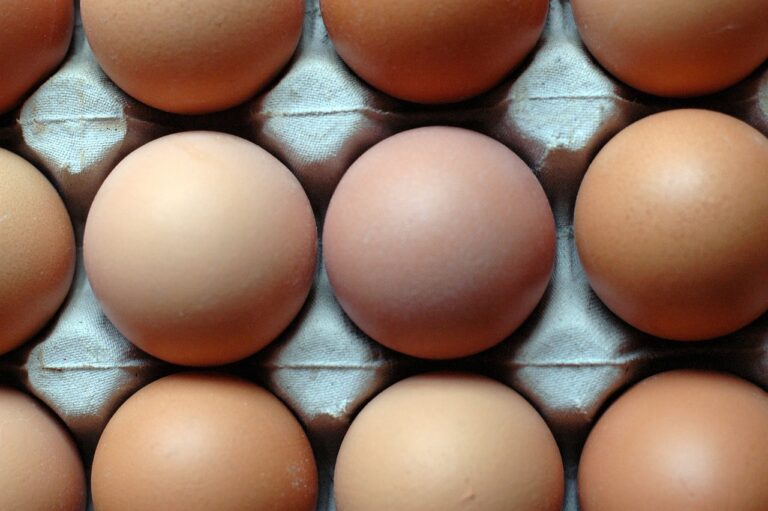The Keto Craze: Navigating the High-Fat, Low-Carb Diet Trend
The ketogenic diet is a low-carb, high-fat diet that aims to shift the body’s metabolism from using glucose as its primary fuel source to utilizing fat for energy. By drastically reducing carbohydrate intake and increasing fat consumption, the body enters a state of ketosis, where it produces ketones from fat breakdown to fuel the brain and tissues.
In order to achieve ketosis, it is typically recommended to limit carbohydrate intake to around 5-10% of total daily calories, while fats should make up about 70-75% of the diet. Protein consumption is moderate, comprising around 20-25% of daily caloric intake. This macronutrient distribution helps the body enter and maintain ketosis, leading to weight loss and potential health benefits.
Benefits of Adopting a High-Fat, Low-Carb Diet
Adopting a high-fat, low-carb diet, such as the ketogenic diet, can lead to effective weight loss. By restricting carbohydrates and increasing healthy fats, the body enters a state of ketosis where it burns fat for fuel instead of glucose. This metabolic shift not only promotes weight loss but also helps to stabilize blood sugar levels and reduce cravings.
Furthermore, a high-fat, low-carb diet has been shown to improve overall heart health. Studies have indicated that this dietary approach can lead to increased levels of “good” HDL cholesterol and decreased levels of triglycerides, which are beneficial for cardiovascular well-being. Additionally, adopting a ketogenic diet may help reduce inflammation in the body, which can have a positive impact on various health conditions.
Potential Risks and Side Effects of the Keto Diet
While the ketogenic diet can offer many benefits, it is important to be aware of the potential risks and side effects associated with this high-fat, low-carb eating approach. One possible downside of the keto diet is the “keto flu,” which can occur during the initial stages of transitioning to ketosis. Symptoms of the keto flu may include fatigue, headaches, irritability, and dizziness as the body adjusts to using ketones for fuel instead of glucose.
Additionally, some individuals may experience digestive issues such as constipation or diarrhea when following a ketogenic diet, due to the drastic reduction in fiber-rich foods like fruits, grains, and legumes. It is essential to ensure an adequate intake of non-starchy vegetables and sources of healthy fats to support digestive health while on the keto diet.
What is the ketogenic diet?
The ketogenic diet is a high-fat, low-carb eating plan that aims to put your body into a state of ketosis, where it burns fat for fuel instead of carbs.
What are the benefits of adopting a high-fat, low-carb diet?
Some benefits of the keto diet include weight loss, improved blood sugar control, increased energy levels, and reduced inflammation.
What are some potential risks and side effects of the keto diet?
Some potential risks and side effects of the keto diet include nutrient deficiencies, constipation, bad breath, and the “keto flu” which can cause fatigue, headaches, and irritability.
How can I minimize the risks and side effects of the keto diet?
To minimize the risks and side effects of the keto diet, make sure to stay hydrated, eat a variety of nutrient-dense foods, and consider working with a healthcare professional or registered dietitian.







